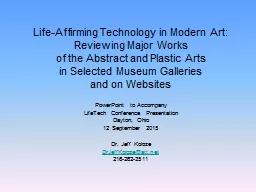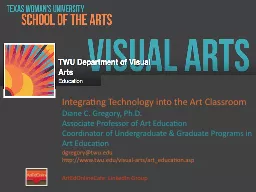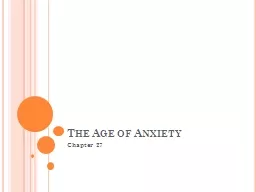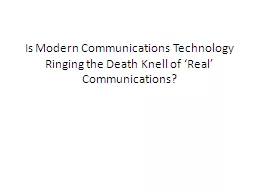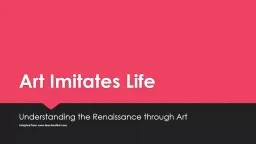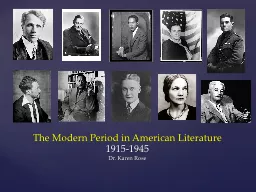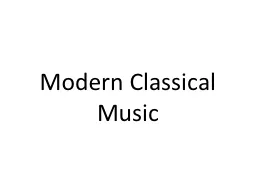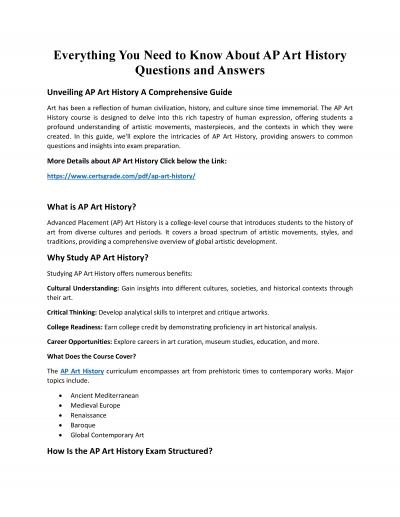PPT-Life-Affirming Technology in Modern Art:
Author : pamella-moone | Published Date : 2016-03-16
Reviewing Major Works of the Abstract and Plastic Arts in Selected Museum Galleries and on Websites PowerPoint to Accompany LifeTech Conference Presentation
Presentation Embed Code
Download Presentation
Download Presentation The PPT/PDF document "Life-Affirming Technology in Modern Art:" is the property of its rightful owner. Permission is granted to download and print the materials on this website for personal, non-commercial use only, and to display it on your personal computer provided you do not modify the materials and that you retain all copyright notices contained in the materials. By downloading content from our website, you accept the terms of this agreement.
Life-Affirming Technology in Modern Art:: Transcript
Download Rules Of Document
"Life-Affirming Technology in Modern Art:"The content belongs to its owner. You may download and print it for personal use, without modification, and keep all copyright notices. By downloading, you agree to these terms.
Related Documents

